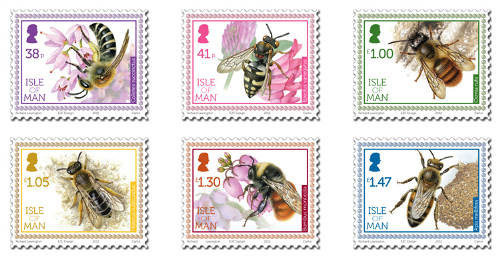Navigation in honeybees is studied with the help of a special radar that allows to trace the flights of individual bees over kilometers. In a typical experiment, the bees were trained to a feeder or they follow a dancing bee. Then we equipped one bee with a radar transponder and released it at a site within the range of the explored area. First, the animal performs a straight flight that would have brought it back from the feeder to the hive (vector flight) would it not have been transported to a different site. In the case of the dance follower, the bee performs the vector information transmitted in the dance, as described by Karl von Frisch and followers. Then the bee loops around (search flight), followed by a straight return flight to the hive (homing flight). We carried out the experiments in an area where the skyline of the horizon or a beacon at the hive did not guide the bees’ navigation. Thus, the bees referred only to the pattern of landmarks on the ground. We show that the memory structure used by the bees can be best conceptualized as a cognitive map storing the geometric relations of landmarks and important locations. Sublethal doses of neonicotinoids interfere selectively with the homing flight component based on this cognitive map memory, reducing the probability of successful returns to the hive. Chronic exposure to the neonicotinoid Thiacloprid reduces the attractiveness of a feeding site and the rate of recruitment.
Source:
Randolf Menzel. Wie Pestizide (Neonicotinoide) die Navigation, die Tanz-Kommunikation und das Lernverhaltenvon Bienen verändern. Rundgespräche der Kommission für Ökologie, Bd. 43 »Soziale Insekten in einer sich wandelnden Welt«, S. 75-83. 2014 by Verlag Dr. Friedrich Pfeil, München – ISSN 0938-5851 – ISBN 978-3-89937-179-6

- Login om te reageren
